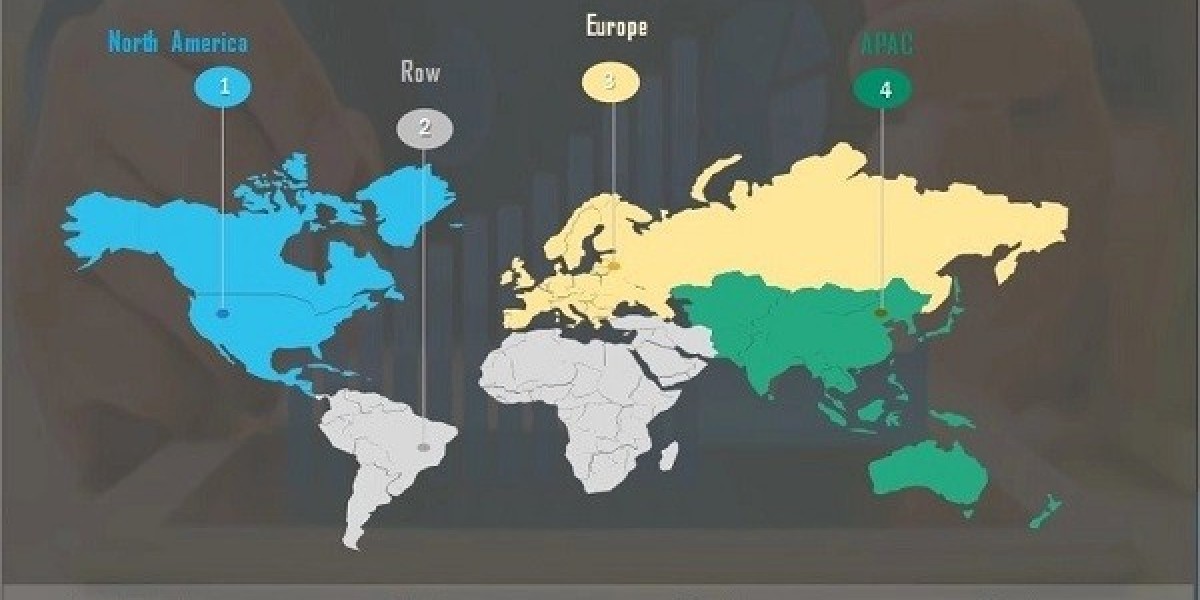Portable Precision: How Handheld Ophthalmic Ultrasound is Reshaping Clinics
Just a decade ago, the idea of a high-precision ophthalmic ultrasound device fitting in the palm of a hand seemed futuristic. Fast forward to 2025, and handheld ophthalmic ultrasound systems are not only a reality—they’re a revolution in eye care. These devices are changing the dynamics of how eye diagnostics are delivered, making high-end technology accessible, mobile, and intuitive.
The Traditional vs. The Transformational
Conventional ophthalmic ultrasound machines have been dependable workhorses in hospitals and eye centers. However, they come with their own set of limitations: bulkiness, high costs, and immobility. For clinics in rural areas or mobile eye care units, these machines weren’t always a feasible option.
Enter the handheld ophthalmic ultrasound device.
Smaller, smarter, and significantly more affordable, these portable systems bring diagnostic power to wherever it's needed. Whether it's a bedside assessment in a critical care unit, a field visit in a remote village, or a quick scan in a crowded urban clinic—these devices fit in seamlessly.
A Blend of Innovation and Accessibility
What makes these new systems remarkable isn’t just their size. It’s the fusion of real-time imaging, intuitive interfaces, and cloud-based storage. Most of the new-generation handheld ultrasound devices come with Wi-Fi or Bluetooth connectivity, allowing ophthalmologists to upload scans instantly to secure servers or share them with specialists in other locations.
This has massive implications for collaborative diagnosis, faster reporting, and even second-opinion access—all crucial in today’s interconnected medical environment.
Diagnostic Power in Your Pocket
Handheld ophthalmic ultrasound systems are not watered-down versions of their larger counterparts. Many models now offer both A-scan and B-scan capabilities with high-resolution imaging, enabling clear visualization of intraocular structures.
Clinicians can assess retinal detachments, vitreous hemorrhages, intraocular foreign bodies, and tumors—all without needing a fixed ultrasound room. This is especially beneficial in emergency situations where time is of the essence.
Helping the Underserved: Rural & Mobile Clinics
Perhaps the most heartwarming impact of these devices is in extending care to underserved populations. In rural India, for instance, mobile eye camps equipped with portable ultrasound units can now deliver comprehensive eye assessments in locations previously overlooked due to infrastructure limitations.
Instead of referring patients miles away for basic diagnostics, clinicians can provide answers on the spot. This not only improves patient outcomes but builds trust within the community.
Training Made Easy
Another unexpected benefit is in medical training. Many of these handheld systems are paired with AI-enabled image analysis and guided tutorials. Young ophthalmologists and technicians can learn to use these tools with minimal training—reducing learning curves and boosting confidence in diagnosis.
It’s not about replacing the expert eye, but empowering it with smarter, faster, and more precise tools.
What the Future Holds
As these devices continue to evolve, we can expect even tighter integration with teleophthalmology platforms. Imagine a future where a patient can visit a local pharmacy, get an eye ultrasound done via a connected device, and receive a specialist’s report within minutes.
The goal isn’t just convenience—it’s democratizing eye care, making vision diagnostics more available, more affordable, and more aligned with how the world works today.
Browse More Reports:









